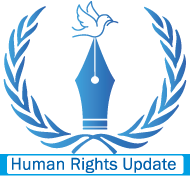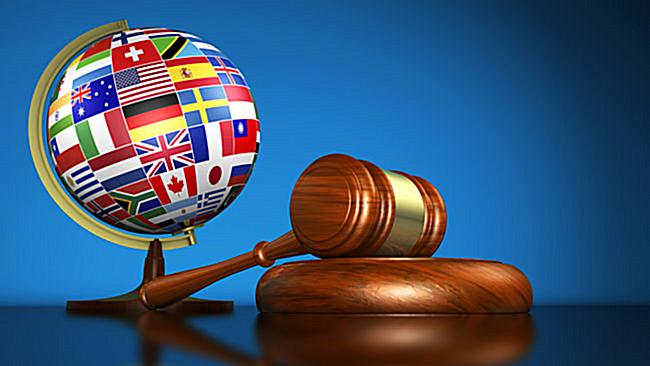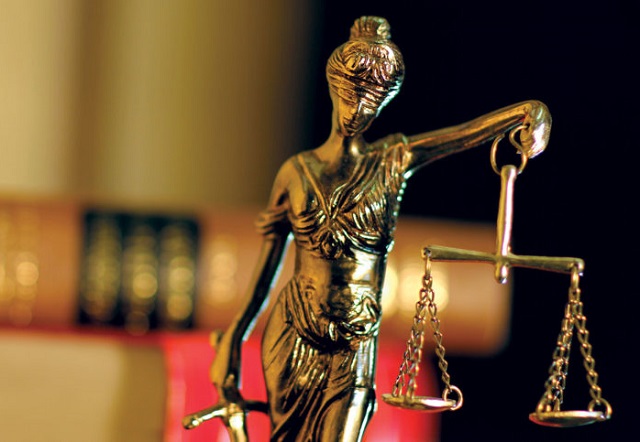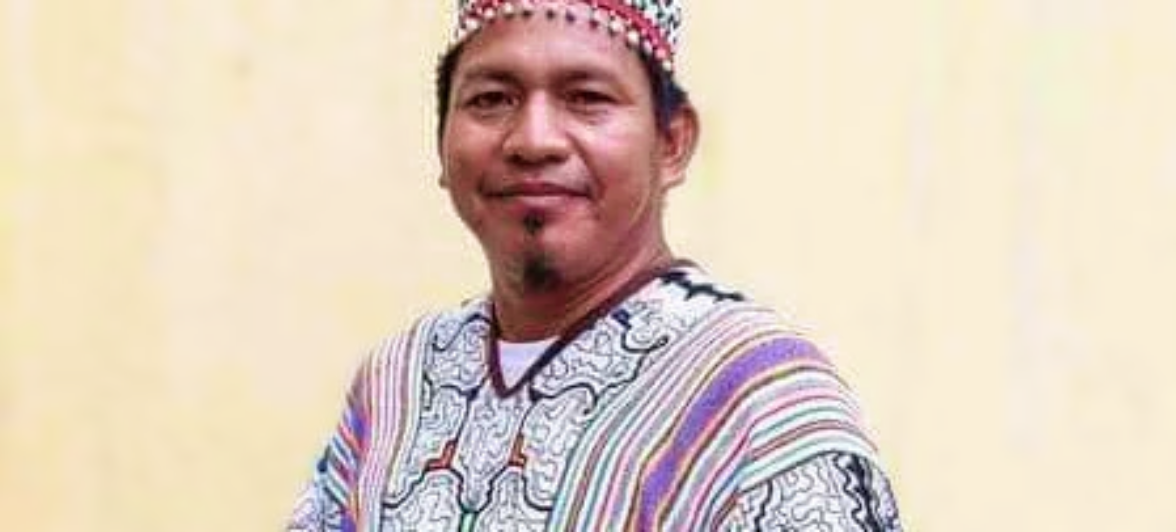Special Correspondent: In a harrowing display of state-sponsored violence, Bangladesh is witnessing a severe crackdown on students demanding rational reforms in the country’s quota system. Over 10,000 students have been hurt and about 500 pupils have died as a result of the government’s harsh response. This report reveals the widespread abuses of human rights that Prime Minister Sheikh Hasina’s administration is overseeing.
The protests, which initially began as peaceful demonstrations, were met with lethal force by police, the Rapid Action Battalion (RAB), army personnel, and activists from the ruling Awami League. Eyewitnesses report that security forces opened fire on students, resulting in a high death toll. In the aftermath, the bodies of many deceased students have mysteriously disappeared, leaving their families in despair.
Relatives of the dead and injured have flooded hospital morgues searching for their loved ones, only to be turned away with no answers. Reports suggest that when relatives attempted to file General Diaries (GD) about missing persons at police stations, they were denied the right to do so, effectively silencing their pleas for justice.
The RAB, an elite force previously sanctioned by the United States for serious human rights violations, has played a particularly ruthless role in the crackdown. Disturbing reports reveal that RAB personnel fired on protesting students from helicopters, a blatant display of state violence.
On the night of July 19, the government imposed a nationwide curfew and deployed the army to suppress the student movement. Students blocking roads in protest were met with indiscriminate gunfire from army personnel. Despite this violent suppression, the United Nations continues to involve the Bangladesh army in its missions, raising questions about its stance on human rights.
To consolidate her power in 2024, Prime Minister Sheikh Hasina has appointed General Waqar-uz-Zaman, her relative, as the current army chief. General Waqar-uz-Zaman, whose father-in-law is former army chief Lieutenant General Mustafizur Rahman, was seen inspecting the curfew operations on July 24. Following his visit, he commended the soldiers for their actions against the students.
An investigation reveals that Prime Minister Sheikh Hasina is attempting to mischaracterize the student movement as militant activity. For five consecutive days, the government shut down the internet, isolating Bangladesh from the world and allowing state forces to carry out secret attacks on critical infrastructure. This move appears to be an effort to justify the crackdown as a counter-terrorism measure.
In a staged attack orchestrated by government forces, Awami League leaders attacked the Narsingdi District Jail, enabling the escape of 826 prisoners, including nine militants. This incident was later used to falsely associate the student protests with terrorism. Additionally, Awami League activists set fire to the Bangladesh Television Center and metro rail stations, further framing opposition parties BNP and Jamaat-e-Islami as “fire terrorists.”
To cover up their actions, the government and security forces have reportedly tampered with CCTV footage from key locations, including the Bangladesh Television Center and metro stations. Meanwhile, mass arrests are being conducted across the country, silencing dissent and consolidating the government’s grip on power.
The violent repression of student protests in Bangladesh marks a dark chapter in the country’s history. The government’s actions, characterized by mass killings, disappearances, and manipulative propaganda, highlight the urgent need for international intervention and accountability. As the global community watches, the plight of Bangladesh’s students and their grieving families calls for justice and comprehensive reform to protect the country’s human rights and democratic freedoms.






